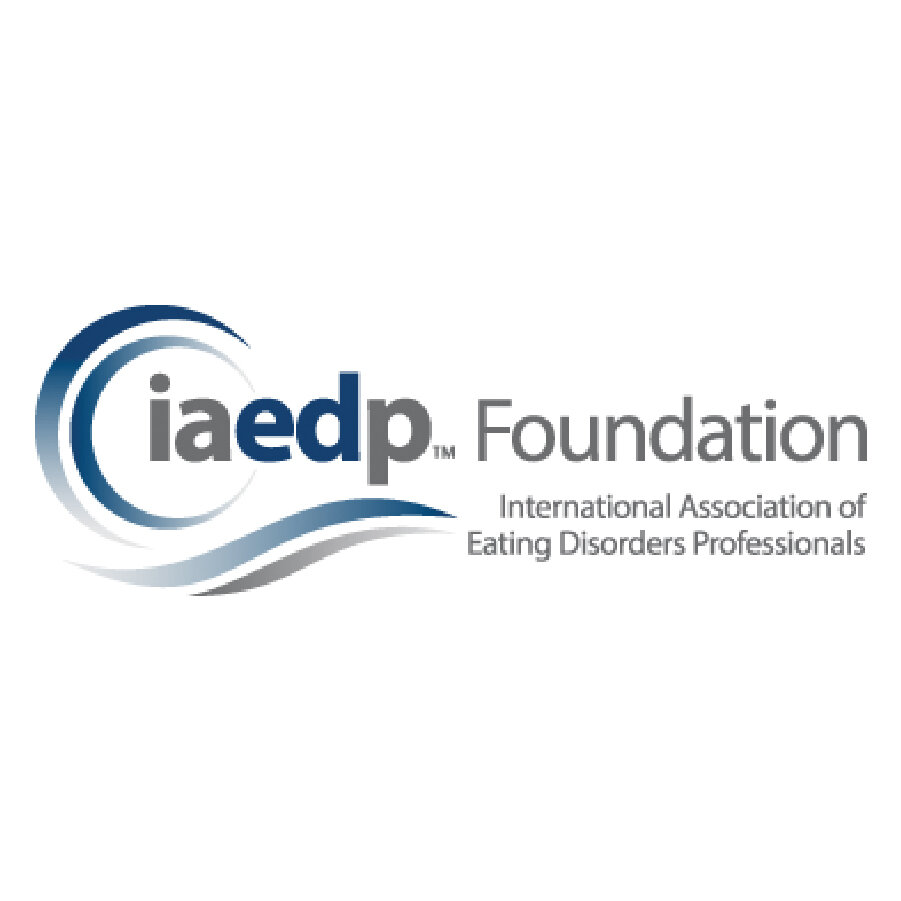
Eating Disorder Resources
Eating disorders are deadly disorders that impact 1 in 10 of individuals. Below is a collection of eating disorder information and online resources. If you have questions, please do not hesitate to contact us.
One in three people knows someone who has an eating disorder.
Only 30% of people with eating disorders receive treatment.
Of those receiving care, only 35% receive specialized care. According to research, specialized care greatly increases recovery rates.
Physical Signs of Eating Disorders
Eating disorders impact all organ systems of the body.
Below are a few common symptoms
Dramatic changes in weight or lack of growth in children and adolescents
Complaints of abdominal pain, feeling full, or “bloated”
Loss of menses in females or decreased testosterone in males
Increased injury in athletes
Thinning of hair
Fatigue
Sleep disturbances
Dizziness
Other Signs Of Eating Disorders
Individuals with eating disorders, compulsive exercise, and body image concerns may deny the severity and not see their behaviors as a concern.
Rigid thinking around food, weight, and exercise
Drastic changes in eating patterns
Eliminating foods in the name of health promotion
“Picky” eating, avoiding certain foods or showing aversion to types of foods
Disappearance after eating
Binge eating or feeling out of control with eating
Compulsive exercise patterns
Body image complaints or reports of “feeling fat”
Changes in personality such as mood swings, depression, or irritability

From 1999 to 2009, hospitalizations involving eating disorders increased for all age groups, but hospitalizations for patients aged 45-65 increased the most, by 88 percent.
Males represent 25% of individuals with anorexia nervosa, and they are at a higher risk of dying, in part because they are often diagnosed later since many people assume that males don't have eating disorders.
40-60% of elementary school girls (ages 6-12) are concerned about their weight or about becoming fat. Over ½ of teen girls and ⅓ of teen boys use unhealthy weight-control methods.
Upcoming Support Groups
Virtual support groups are hosted bi-weekly.
Client Support Group
Farrington Specialty Center’s free, clinician-led client support group is available to anyone who has gone through the eating disorder assessment process.
This bi-monthly support group provides additional support for all those working toward recovery, as well as those in recovery and desiring ongoing support. Meeting virtually on Monday evenings, this community has been developed to enhance treatment (not replace it).
View our calendar below for upcoming support groups.
Family And Loved Ones Support Group
Farrington Specialty Center’s family and loved ones free support group is open to the public for all families, loved ones, and friends of individuals battling eating disorders.
The calendar below includes upcoming bi-monthly support groups.

Every 52 minutes someone dies from an eating disorder.
Transgender individuals experience eating disorders at rates significantly higher than cisgender individuals.
Athletes report higher rates of excessive exercise than non-athletes.

Eating disorders come in all shapes, sizes, ages and genders. We urge you to speak to a professional if you have any concerns.
Statistical references: NEDA and ANAD










